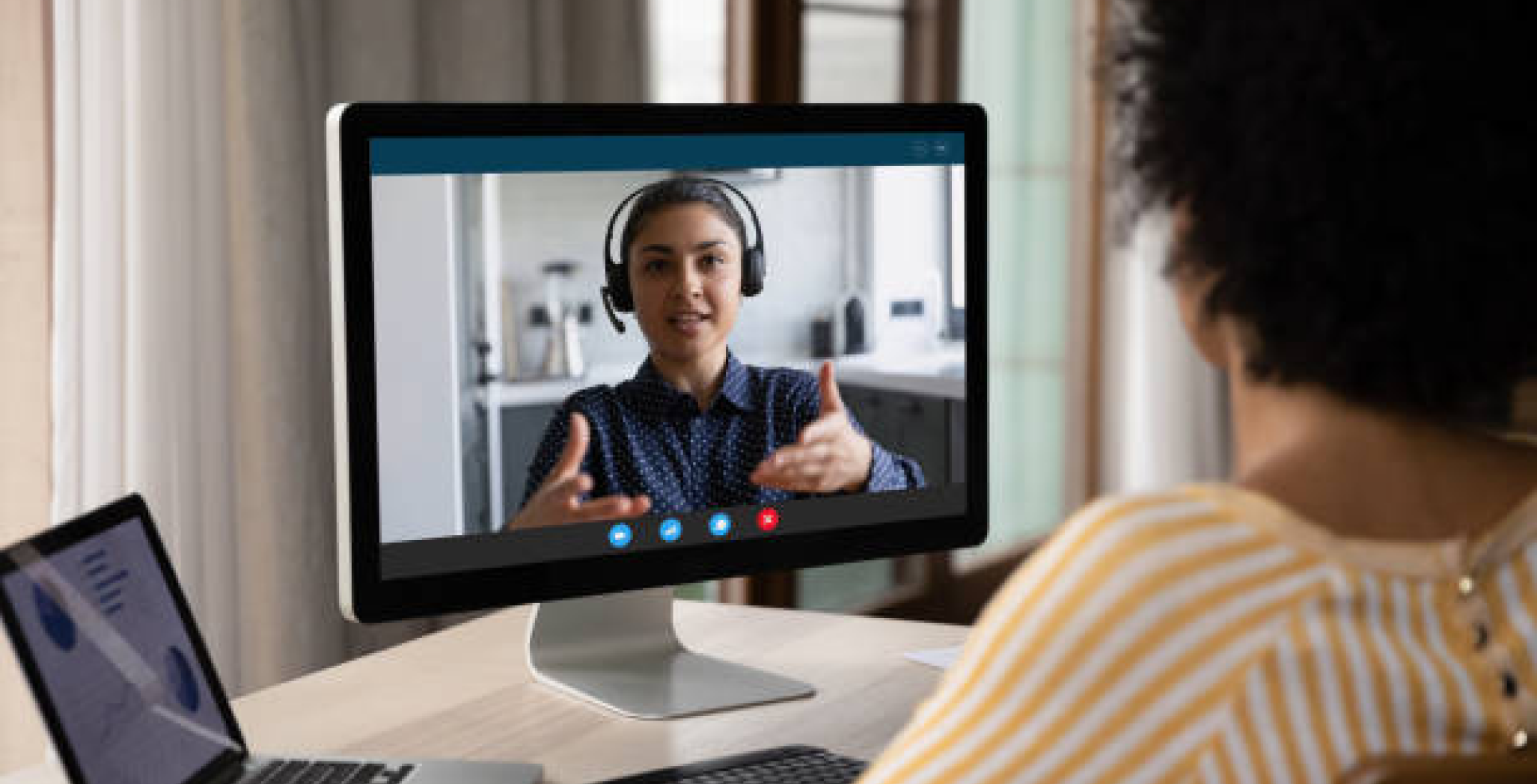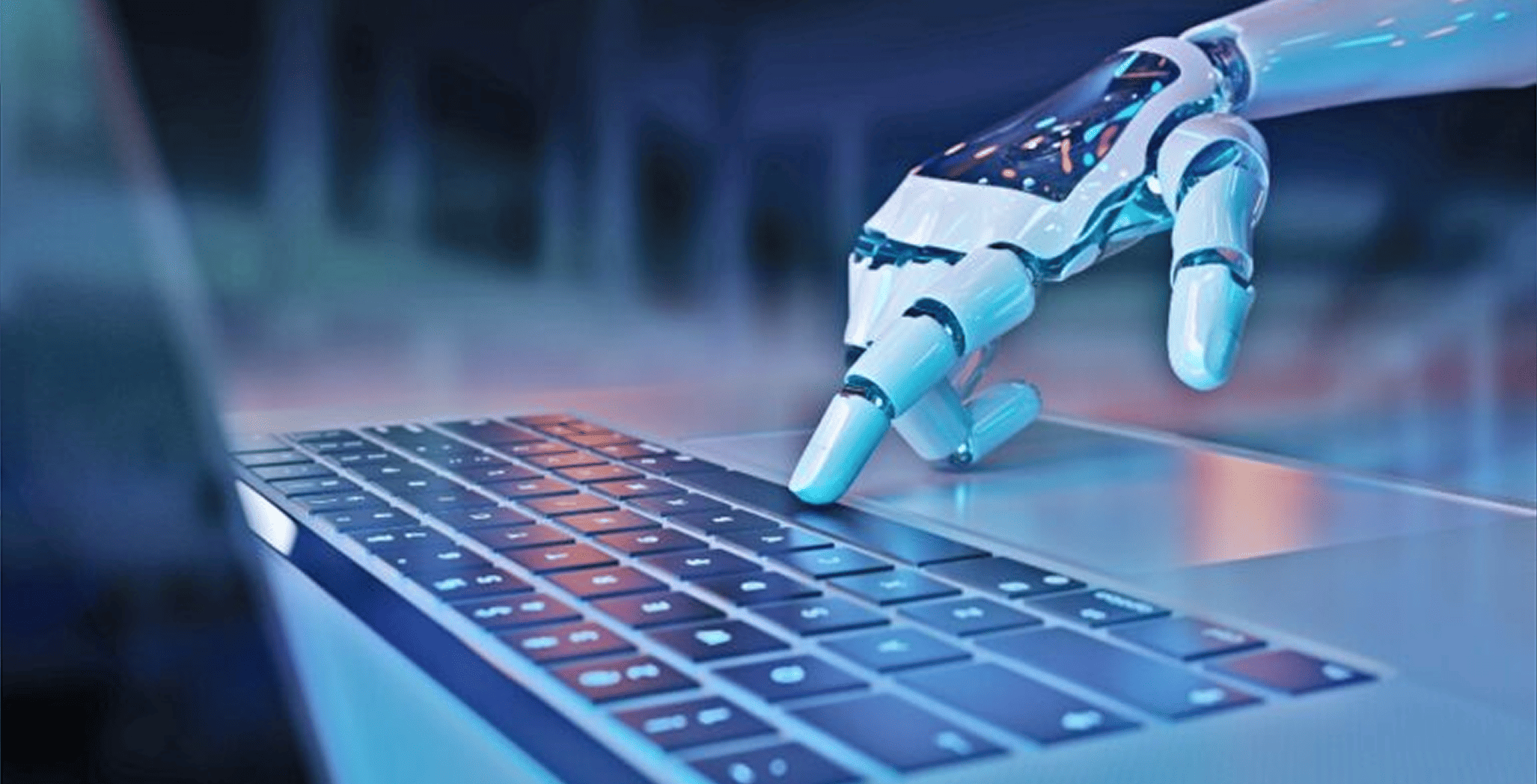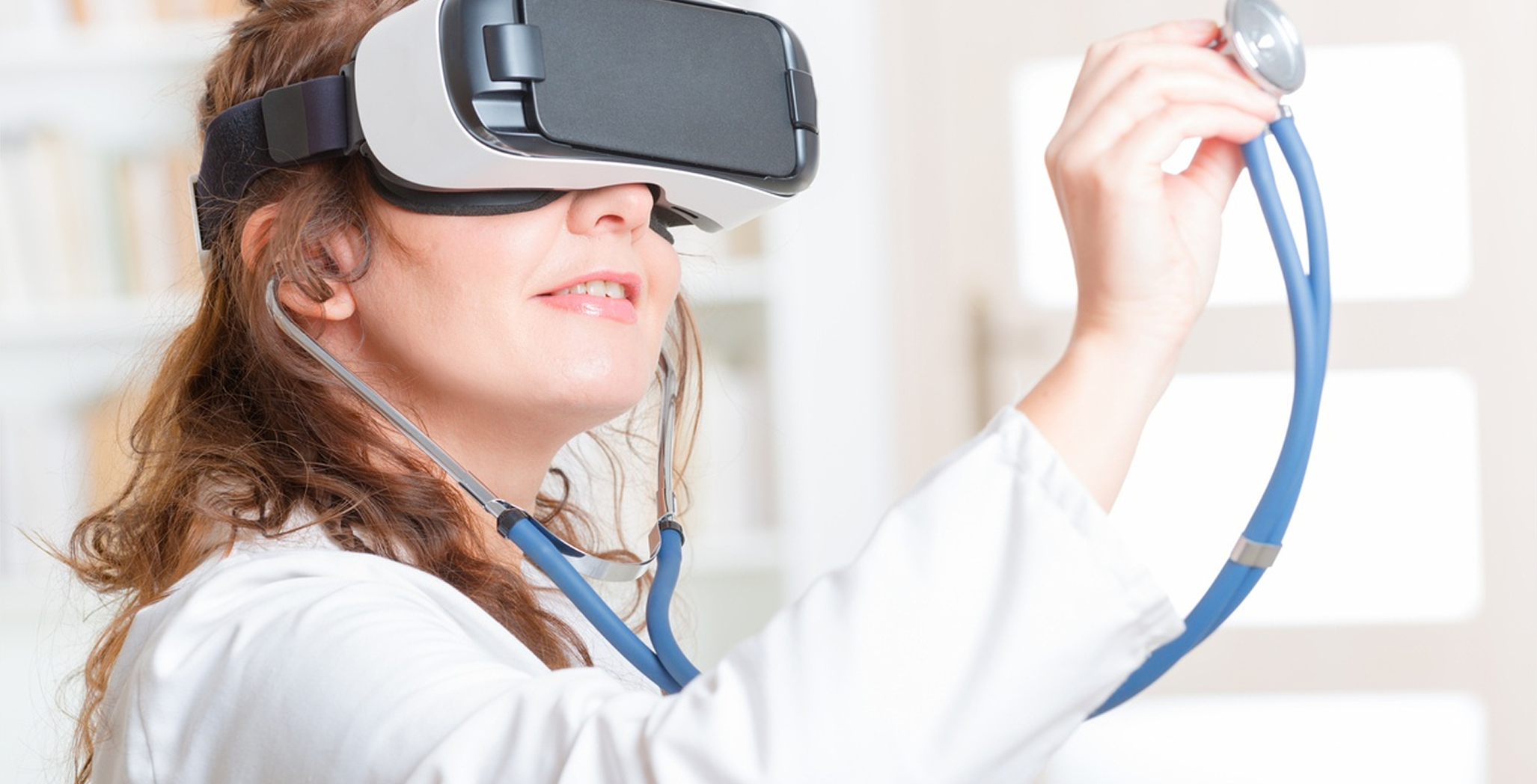Beyond the Video Call
The Expanding Capabilities of Telemedicine

The rise of telemedicine has transformed the healthcare landscape. Gone are the days when a doctor’s visit necessitated a trip to the clinic and a potentially lengthy wait. Today, video conferencing allows patients to connect with healthcare professionals from the comfort of their homes. But telemedicine’s potential extends far beyond the traditional video call.
Hiteshi Infotech, a leading IT solutions provider, is at the forefront of developing innovative technologies that are pushing the boundaries of telemedicine. Here, we explore some of the exciting advancements that are taking telemedicine beyond the video call
1. Remote Patient Monitoring
A Guardian Angel in Your Pocket
Imagine this: you’re recovering from surgery at home, but instead of relying solely on occasional check-ups, your doctor can monitor your vital signs in real-time. With a quick glance at their secure dashboard, they can see your heart rate, blood pressure, and even blood sugar levels (for diabetic patients) – all transmitted wirelessly from comfortable wearable devices.
This isn’t a scene from a futuristic medical drama; it’s the reality of remote patient monitoring (RPM) thanks to advancements in wearable technology. Here’s a closer look at how RPM is revolutionizing healthcare
Continuous Data Collection
Unlike traditional in-person appointments that capture a snapshot of a patient’s health, wearables provide a continuous stream of data. This allows doctors to identify trends and subtle changes that might be missed during a brief office visit.
Early Detection of Issues
Proactive Care Management
Reduced Hospital Readmissions
Beyond the Basics
Advanced Wearables for Specific Needs
- Smart patches can monitor blood glucose levels in real-time, a game-changer for diabetes management.
- Smart socks can detect early signs of diabetic foot ulcers, a serious complication.
- Smart inhalers can track medication adherence and usage patterns in patients with asthma or COPD.
Security and Privacy
A Top Priority
With all this health data being collected, security and privacy are paramount. RPM solutions employ robust encryption methods to ensure that patient information remains confidential. Additionally, patients have complete control over their data and can choose what information is shared with their healthcare providers.
Remote patient monitoring isn’t just about convenience; it’s about empowering patients to take an active role in their health and providing doctors with the tools for proactive, preventative care. As wearable technology continues to evolve, we can expect RPM to become an even more vital component of modern healthcare.

2. Artificial Intelligence (AI) Integration
The Superhero Behind the Scenes in Telemedicine
Imagine a tireless assistant who can sift through mountains of medical data, flag potential issues, and even suggest preliminary diagnoses – all in real-time. That’s the power of Artificial Intelligence (AI) in telemedicine. Here’s how AI is transforming the way healthcare is delivered
Automating Repetitive Tasks
AI can handle administrative tasks like appointment scheduling, medication reminders, and generating basic reports. This frees up valuable time for doctors to focus on what they do best – providing personalized care to patients.
Advanced Data Analysis
AI algorithms can analyze vast amounts of patient data, including medical history, lab results, and imaging scans. This allows for the identification of complex patterns and trends that might be missed by the human eye.
Improved Diagnostic Accuracy
AI can assist doctors in making more accurate diagnoses by analyzing patient data and medical literature. For instance, AI can compare a patient’s X-ray to a vast database of similar cases, highlighting potential abnormalities.
Preliminary Risk Assessments
AI can analyze data to identify patients at high risk for certain conditions. This allows for early intervention and preventive measures, potentially preventing complications and improving overall health outcomes.
Chatbots and Virtual Assistants
Beyond Efficiency
AI for Personalized Care
The true potential of AI in telemedicine lies in its ability to personalize healthcare. AI can analyze a patient’s unique medical history, genetic makeup, and lifestyle to create customized treatment plans and predict potential health risks. This paves the way for a future of precision medicine, where treatments are tailored to each individual’s specific needs.
Ethical Considerations and Human Oversight

3. Stepping into the Future
VR and AR Transforming Telemedicine
Imagine medical students practicing complex surgical procedures on virtual patients in a hyper-realistic environment, or a surgeon receiving real-time anatomical overlays during a minimally invasive operation. This isn’t science fiction; it’s the exciting world of Virtual Reality (VR) and Augmented Reality (AR) revolutionizing telemedicine. Let’s delve deeper into how these immersive technologies are changing the game:
VR: Redefining Medical Education and Training
Immersive Simulations
VR creates realistic simulations that allow medical students and professionals to practice procedures in a safe, controlled environment. Imagine practicing a delicate laparoscopic surgery on a virtual patient before performing it in the real world. VR allows for repetition and experimentation, leading to improved skills and better patient outcomes.
Enhanced Learning
VR can transport users into the human body, allowing them to explore intricate anatomy like never before. Imagine visualizing a beating heart from the inside or navigating the complex network of blood vessels. This immersive learning approach can significantly improve medical knowledge retention.
Mental Health Treatment
VR is being explored for treating phobias and anxiety disorders. For example, VR therapy can help patients with phobias of heights or public speaking gradually confront their fears in a safe virtual environment.

AR: Superimposing Information for Enhanced Patient Care
Remote Surgery Assistance
Imagine a surgeon performing a complex procedure in a remote location while receiving real-time AR overlays that project vital patient information, 3D anatomical models, and even instrument guidance directly onto their field of vision. This can improve accuracy and efficiency in telemedicine surgery.
Improved Diagnostics and Treatment
AR can overlay medical scans and patient data onto a patient’s real body during examinations. This allows for a more precise diagnosis and targeted treatment planning. Imagine a doctor examining a patient with a suspected fracture and being able to see an X-ray overlay on the affected limb for real-time assessment.
Patient Education and Rehabilitation
AR apps can display medication instructions, rehabilitation exercises, and even overlay visual aids to help patients understand their condition better. This empowers patients to take a more active role in their healthcare journey.
The Future of VR and AR in Telemedicine
The potential applications of VR and AR in telemedicine are vast and constantly evolving. As the technology matures and becomes more affordable, we can expect to see even more innovative applications emerge. VR and AR have the potential to bridge geographical barriers, improve medical education, and ultimately lead to better patient care and outcomes.

4. Chatbots and Virtual Assistants
Your 24/7 Healthcare Sidekick
Imagine having a friendly, informative healthcare companion available anytime, anywhere. That’s the reality with AI-powered chatbots and virtual assistants in telemedicine. These digital assistants are transforming the way patients interact with the healthcare system, offering a range of benefits
24/7 Accessibility
Unlike human receptionists or office hours, chatbots are available around the clock. Patients can get answers to basic health questions, schedule appointments, or request prescription refills – all at their convenience. This is especially helpful for those with busy schedules or limited mobility.
Personalized Support
Proactive Care Reminders
Virtual assistants can send automated appointment reminders, medication refill alerts, and preventative health tips. This can help patients stay on track with their treatment plans and avoid missed appointments or medication gaps.
Mental Health Support
Multilingual Support
Chatbots can be programmed to communicate in multiple languages, making healthcare information and services more accessible to a wider population.
Beyond Convenience
Chatbots for Empowering Patients
The true power of chatbots lies in their ability to empower patients to take a more active role in managing their health. By providing easy-to-understand information and resources, chatbots can help patients
-
Make Informed Decision
-
Manage Chronic Conditions
-
Navigate the Healthcare System

Privacy and Security Considerations
While chatbots offer numerous advantages, it’s crucial to ensure patient privacy and data security. Healthcare chatbots should be built with robust security measures to protect sensitive medical information. Additionally, transparency is key – patients should be informed about how their data is being collected and used.
Overall, chatbots and virtual assistants are poised to become an indispensable part of the telemedicine landscape. By offering 24/7 access to information, personalized support, and resources, these digital tools empower patients and improve the overall healthcare experience.
The Future of Telemedicine
These advancements are just the beginning. As technology continues to evolve, we can expect telemedicine to become even more sophisticated and integrated into our daily lives. At Hiteshi Infotech, we are committed to developing solutions that make telemedicine accessible, affordable, and effective for everyone.
Looking to leverage the power of telemedicine in your practice?

Let’s Bring Your Vision
to Reality...
